Phylum Chordata Scientific name Accipitriformes | ||
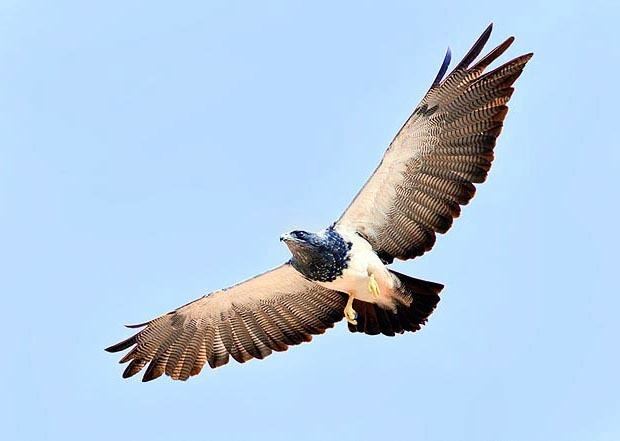 | ||
Order AccipitriformesVieillot, 1816 Speed Bald eagle: 120 – 160 km/h Mass Golden eagle: 5.1 kg, Common buzzard: 0.43 – 1.4 kg Lifespan Bald eagle: 20 years, Black vulture: 10 years, King vulture: 30 years, Crowned eagle: 14 years Wingspan Common buzzard: 1.1 – 1.4 m, Bald eagle: 1.8 – 2.3 m Length Common buzzard: 40 – 58 cm Lower classifications Accipitridae, Buteo, Accipiter, Sea eagle, Aquila | ||
Accipitriformes bird
The Accipitriformes are an order that includes most of the diurnal birds of prey: hawks, eagles, vultures, and many others, about 225 species in all. For a long time, the majority view has been to include them with the falcons in the Falconiformes, but many authorities have recognized a separate Accipitriformes. As of 2008, a recent DNA study indicated that falcons are not closely related to the Accipitriformes, being instead related to parrots and passerines.
Contents
- Accipitriformes bird
- Savanna hawk resting heterospizias meridionalis accipitriformes family accipitridae
- Characteristics
- Taxonomy
- References
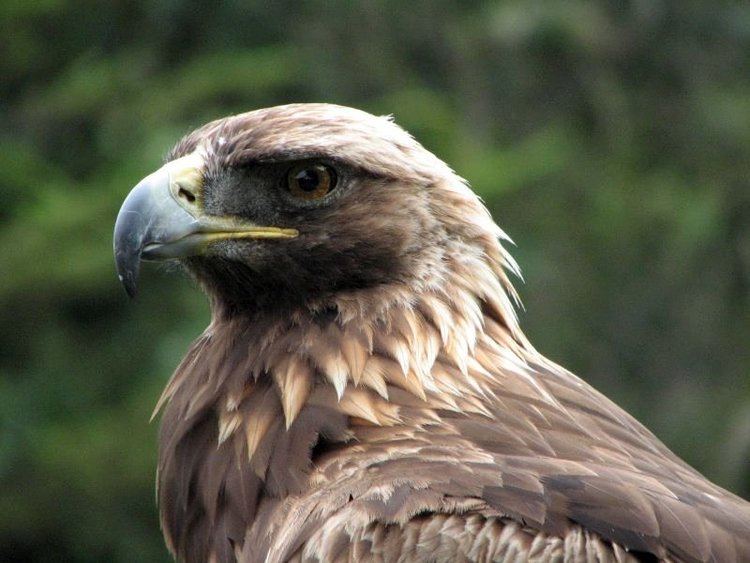
Since then, the split and the placement of the falcons next to the parrots in taxonomic order has been adopted by the American Ornithologists' Union's South American Classification Committee (SACC), its North American Classification Committee (NACC), and the International Ornithological Congress (IOC). The British Ornithologists' Union already recognized the Accipitriformes, and has adopted the move of Falconiformes. The DNA-based proposal and the NACC and IOC classifications include the New World vultures in the Accipitriformes, while the SACC classifies the New World vultures as a separate order, the Cathartiformes. The latter view has been adopted here.
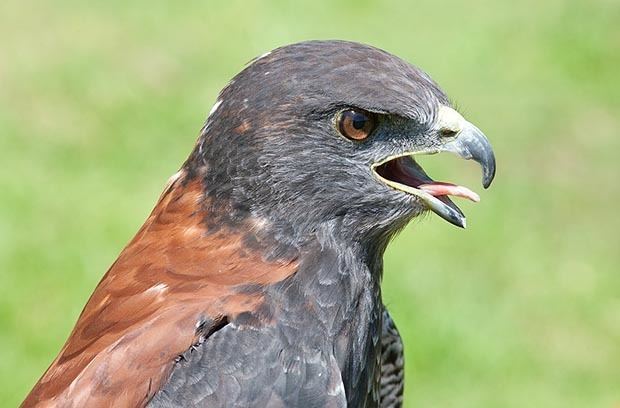
Savanna hawk resting heterospizias meridionalis accipitriformes family accipitridae
Characteristics
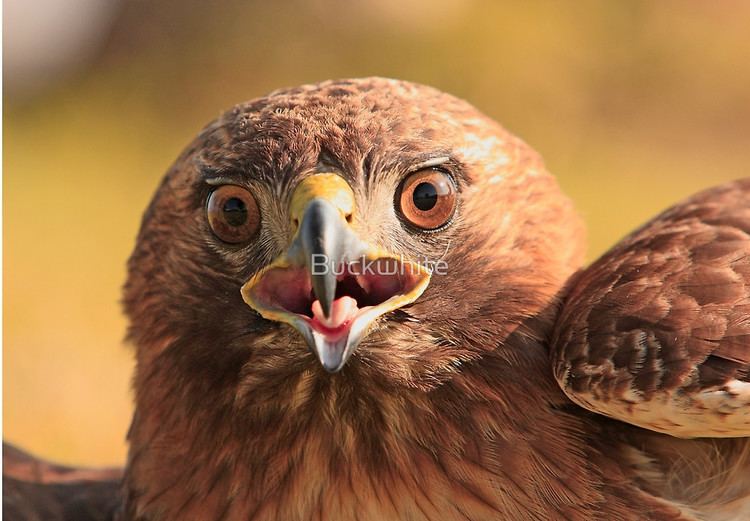
The Accipitriformes are known from the Middle Eocene and typically have a sharply hooked beak with a soft cere housing the nostrils. Their wings are long and fairly broad, suitable for soaring flight, with the outer four to six primary feathers emarginated.

They have strong legs and feet with raptorial claws and opposable hind claws. Almost all Accipitriformes are carnivorous, hunting by sight during the day or at twilight. They are exceptionally long-lived, and most have low reproductive rates.
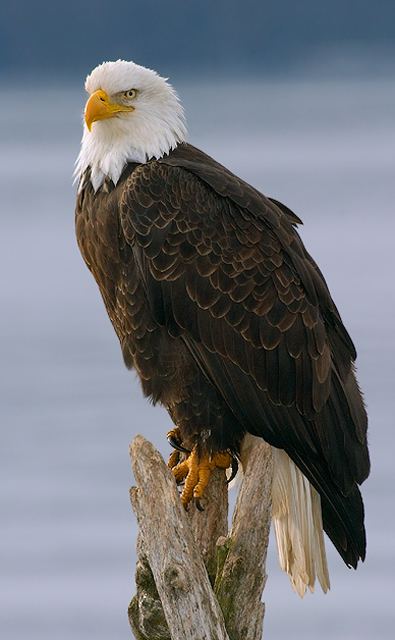
The young have a long, very fast-growing fledgling stage, followed by 3–8 weeks of nest care after first flight, and 1 to 3 years as sexually immature adults. The sexes have conspicuously different sizes and sometimes a female is more than twice as heavy as her mate. This sexual dimorphism is sometimes most extreme in specialized bird-eaters, such as the Accipiter hawks, and borders on nonexistent among the vultures. Monogamy is the general rule, although an alternative mate is often selected if one dies.
Taxonomy
Order Accipitriformes


